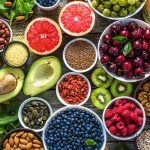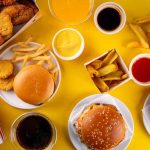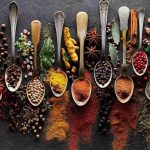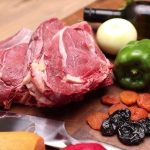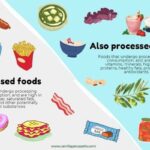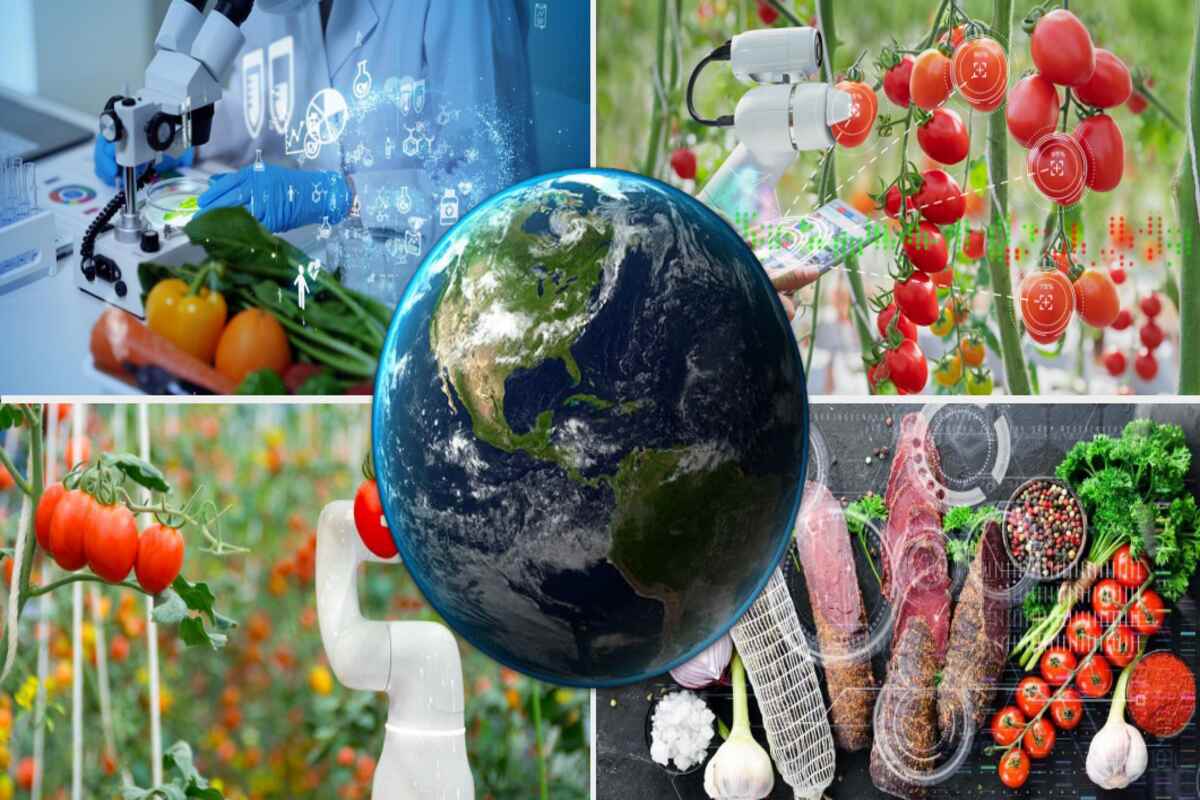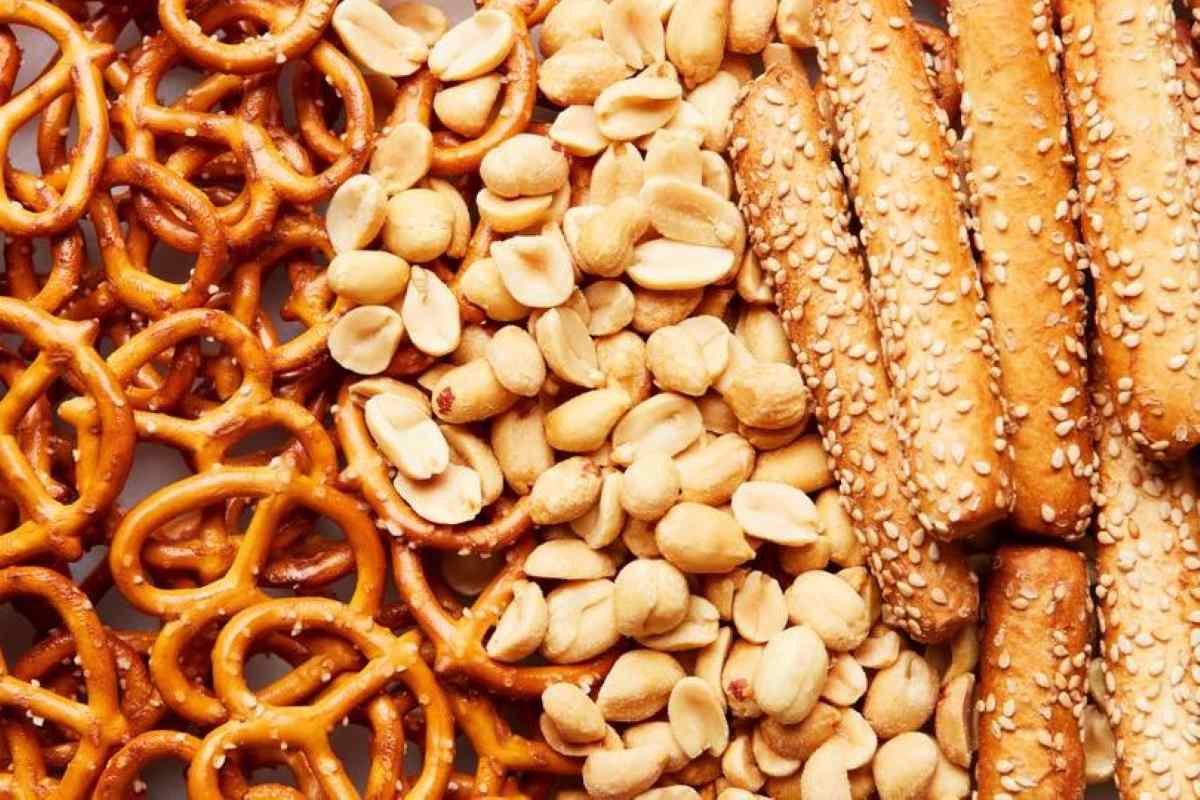No one can explicitly predict the future of food in 2050. However, judging by advances in food cultivation, development, processing, and preservation over the years, we may have some luck with predicting the trajectory of the food industry in a few decades.
Innovations in virtually all facets of life are materializing at the speed of thought, and the food industry is not lagging. Similarly, several other factors are forcing changes in the narratives of global food security. Some common examples of such factors are global population growth, climate change and technological enlightenment.
Consequently, stakeholders in the global food system are developing sustainable practices to mitigate shortfalls caused by droughts. Similarly, food tech advancements are assisting in meeting the bar of the ever-rising food demand.
Now, the question is: “What food innovations can we look forward to in 2050, and how are they likely to affect our health and environment?” Let’s dive right in.
Sustainable Agriculture and Vertical Farming Solutions
Some years ago, commercial farming activities were relegated to the countryside as most urban areas lacked the necessary real estate. However, recent giant leaps in sustainable food innovations make urban farming possible.
For example, hydroponics and other vertical farming solutions are making it possible to cultivate some vegetables without the need for a vast expanse of land. In some cases, farmers are adopting regenerative agricultural practices to improve soil health and maximize the nutrient content of organic crops.
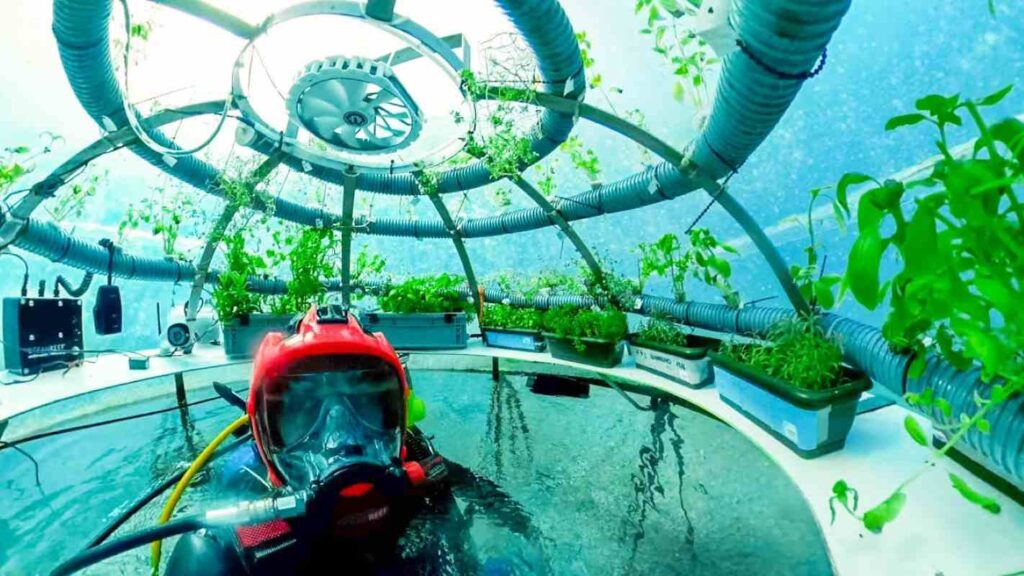
Some sustainable food innovations endeavor to take food cultivation entirely off the earth’s surface. For example, an Italian startup called Nemo’s Garden is already cultivating food crops beneath the sea. Nemo’s garden uses transparent domes to trap air pockets underwater and utilizes hydroponics to grow plants in this space, all powered by sustainable energy.
Similarly, James Brown is at the forefront of a company looking to deploy technologies designed for Mars Rovers for sustainable agriculture. Brown is the CEO of Earth Rover, a company developing lightweight autonomous robots for weed control and targeted farm interventions.
While some of these sustainable food innovations are still in the iteration stage, it will be no surprise to find them featured in the future of food in 2050.
ALSO READ: Lab-Grown Meat: Will We Be Eating It in the Next 10 Years?
Alternative Protein Sources
Alternative proteins are substitutes for animal sources of proteins like meat and dairy. Examples are plant-based cheese and milk. It is equally possible to source alternative proteins from microorganisms like algae and fungi, insects and in some cases, animal cell isolates.
Some companies that have already gone commercial with plant-based alternative protein sources are Impossible Foods and Beyond Meat. Meanwhile, a San Diego-based startup called Triton is trying to develop nutrient-dense and protein-packed food. Raw material for Triton’s core food tech advancements is algae.
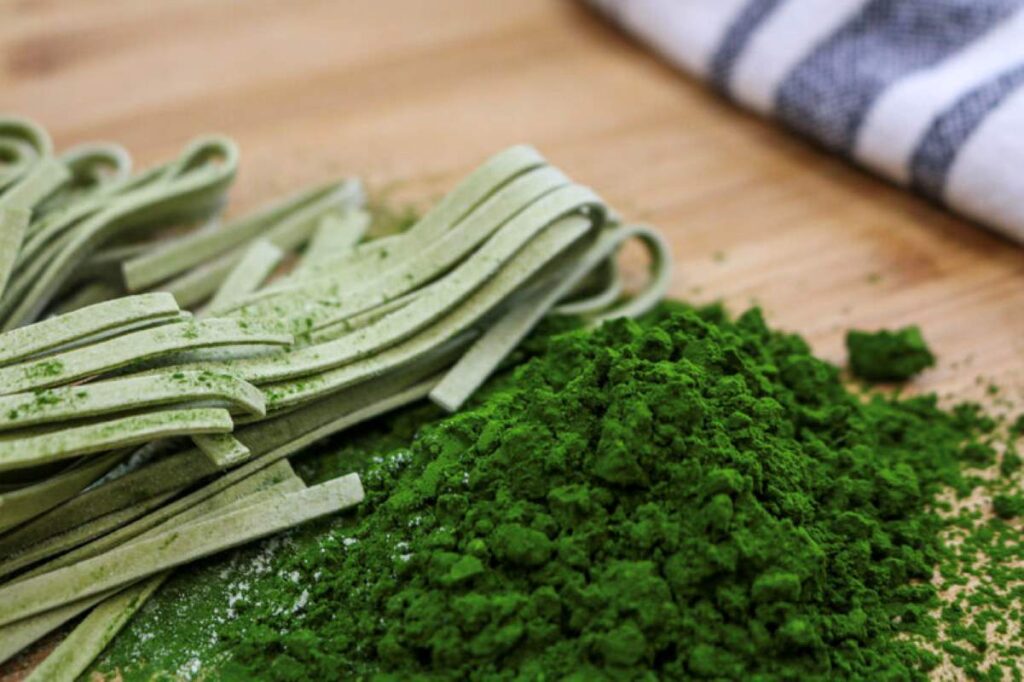
In 2020, Triton patented what it calls the HARDTII algae. The company developed different strains of proprietary microorganisms that can act as nutritional supplements or standalone food products. Some strains have been engineered to mimic milk, some meat and another, egg.
Extensive research and consumer acceptability tests have established algae as a sustainable food source. It is easy to cultivate, in-house or in nature and could feature prominently in the future of food in 2050. With these sustainable food innovations, the 10 billion occupants of the planet should enjoy food security in 2050. Yes, the UN food sustainability report estimates that there will be 10 billion people living on earth by 2050.
3D-Printed and Personalized Nutrition
Another example of sustainable food innovation is cultivated meat. Unlike plant-based protein sources and algae strains that mimic the physical and taste attributes of meat tissues, cultivated meat is, indeed, meat. However, cultivated or cultured meat is made from cells humanely harvested from a live animal and grown and multiplied in a lab.
Lab-grown meat is no longer an idea being peddled by imaginative theorists. Lab-grown meat is already commercially available in Singapore. In the US, the FDA gave cultivated chicken breasts the green light for commercial production in March.
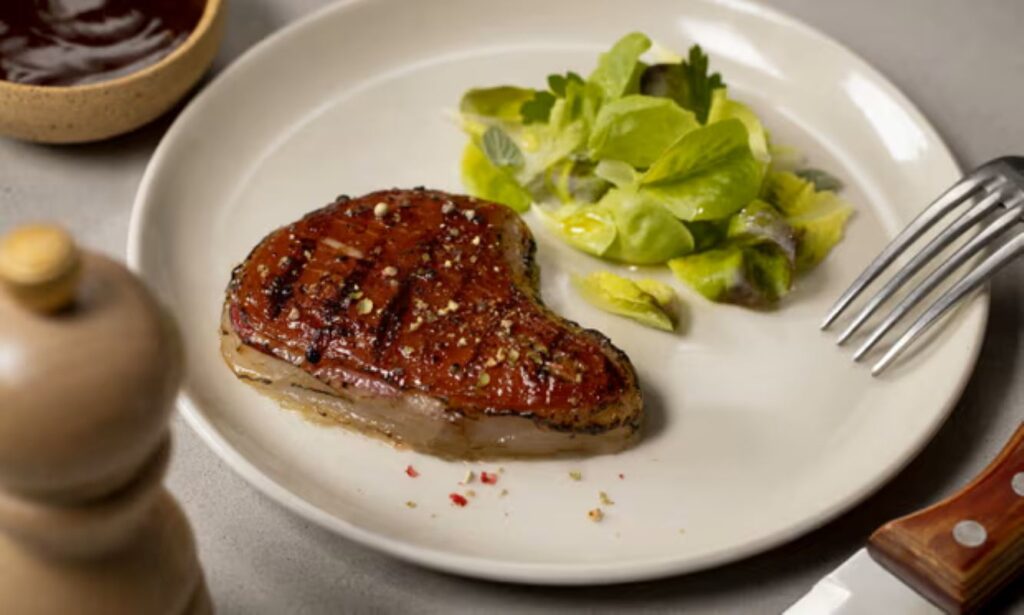
Steakholder Foods is an Israeli company with investments in the development of slaughter-free meat and fish fillet. The company’s CEO, Arik Kaufman, explains that Steakholder is making headway in merging insights from cellular engineering and 3D printing. Steakholder recently produced the largest piece of cultivated steak by printing lab-grown meat cells. The company is also jumping on the personalized nutrition trend by tailoring the proportion of fat and tissue in a printed steak to consumer preference.
So, the future of food in 2050 may have a nutritionist prescribing the permissible nutritional composition of steak best for your health. This personalized nutrition trend will not be limited to lab-grown meat alone but to a wide range of other products.
Food Waste Reduction and Upcycled Foods
By 2050, the management of food resources should be much more efficient than it currently is. Taking a cue from space exploration, astronauts have to make the most of whatever resources, food inclusive, are allocated for a mission. Some of these inventory analyses and food logistics management should be more efficient.
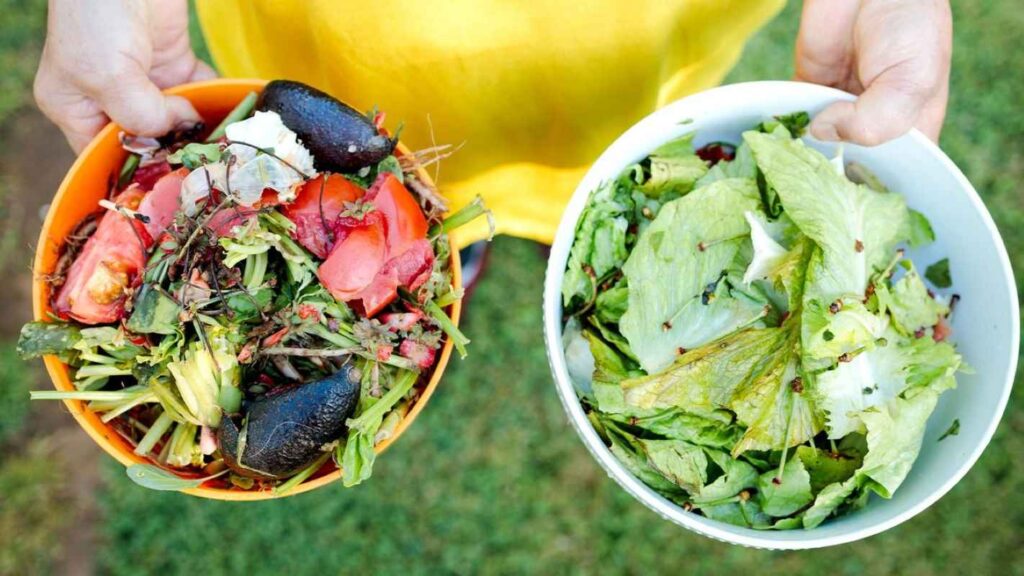
With the adoption of AI across the various systems of the food supply chain, the future of food in 2050 should see a reduction in food waste. At the very least, the FAO’s narrative that “a third of annual global food production goes to waste” should improve significantly.
In addition, there is an ongoing shift in the paradigm about food waste. Several startups globally are coming up with creative ways of upcycling food by-products. The various methods of using upcycled foods for sustainability are referred to as valorization.
Cultural and Culinary Shifts
With advances in high-speed travel by visionaries like Elon Musk, culinary integration could materialize by 2050. Imagine ordering a meal from a vendor in Singapore from the comfort of your condo in California. These may seem like wild ideas, but remember, no one imagined we’d be catching rocket boosters with chopsticks ten years ago.
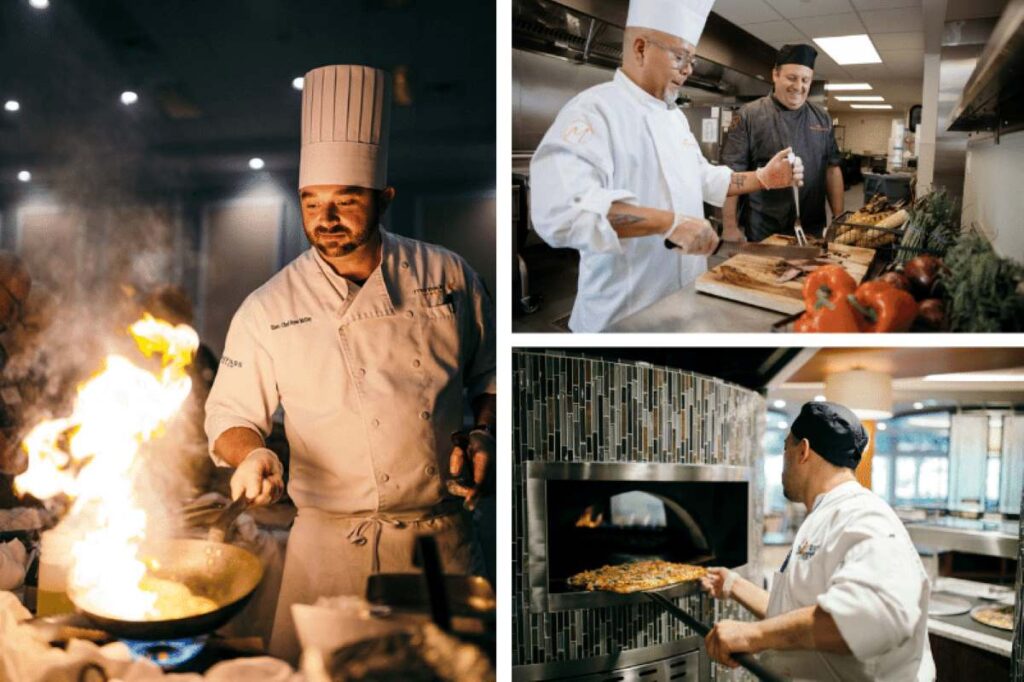
As things stand, the Internet is fueling a scale of globalization that encourages cultural integration. We equally anticipate a future of food in 2050 that features an explosion of culinary diversity, thanks to the new and upcoming innovations in the food industry. Street food trends will reflect culinary influences from multiple cultures around the world.
ALSO READ: How AI Is Changing the Way We Order Food
Tech-Enhanced Dining Experiences
There are already restaurants that project holograms of your meal on the white sheets of your dining table before the order arrives. Menus are getting digitized. Imagine walking into a restaurant you frequent and a service robot approaches your table to ask if you’d like the regular. The future of food trends is already materializing before our eyes.
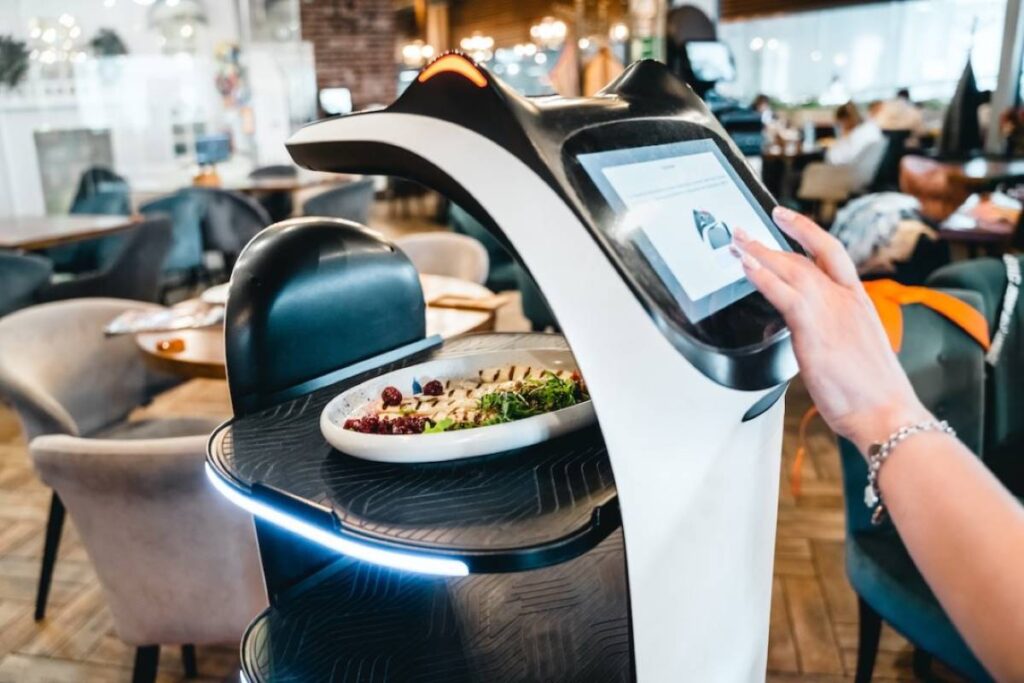
The possibilities are endless in the food service industry, so much so that we may sell ourselves short by preempting the future of food in 2050. Anyone who has read Bill Gates’s memoir, Source Code, would agree that the tech billionaire would never have expected computer technology to improve the way it has in his lifetime. Sure, 13-year-old Gates was very enthusiastic about what computers could do in the future. But, in hindsight, we reckon he never would have imagined himself having a literal conversation with Microsoft Copilot.
So, we are enthusiastic about what the future holds for the food industry, but can only project and imagine, using the status quo as a springboard. Like Liz Specht, Vice President of Science and Technology at the Good Food Institute, we hope the global food system turns out much better than our wildest prediction.

